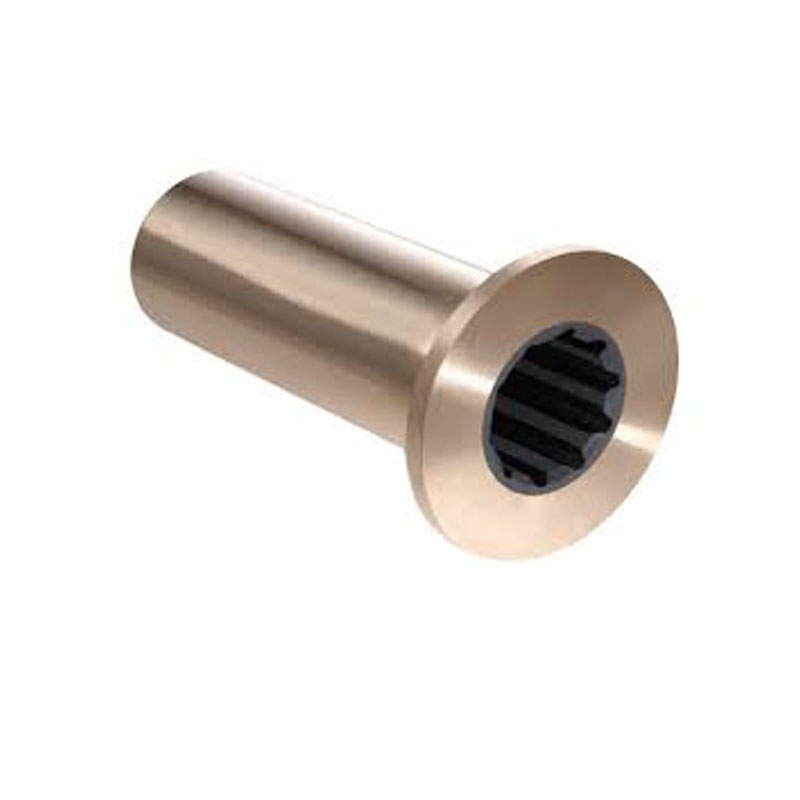Selecting the Right Oil Drain Pan Gasket for Your Vehicle Maintenance Needs and Performance
Understanding the Oil Drain Pan Gasket Its Importance and Maintenance
The oil drain pan gasket is a critical component in any automotive system that relies on an engine to function efficiently. Positioned between the oil drain pan and the engine, this gasket serves as a barrier to prevent oil leaks, ensuring that the engine remains adequately lubricated. Understanding the role of the oil drain pan gasket, its importance, and how to maintain it can greatly aid in preserving the longevity and performance of your vehicle.
What is an Oil Drain Pan Gasket?
An oil drain pan gasket is typically made from materials such as rubber, cork, or a composite material that can withstand high temperatures and resist oil degradation. Its primary function is to create a seal between the oil pan, which collects and holds the engine oil, and the engine block. This seal prevents oil from leaking out of the pan and ensures that the engine retains the proper oil level for optimal operation.
The Importance of a Properly Sealed Gasket
A well-functioning oil drain pan gasket is vital for several reasons. Firstly, it prevents oil leaks that can lead to significant engine damage. An oil leak can reduce the oil level in the engine, potentially leading to inadequate lubrication and increased friction. This friction can cause severe engine wear over time, resulting in costly repairs or even engine failure.
Secondly, a leaking oil drain pan gasket can result in environmental hazards. Oil leaks can contaminate the ground and waterways, posing a risk to local ecosystems. Moreover, these leaks can create hazardous conditions for drivers and pedestrians, as spilled oil on the road can lead to slippery surfaces.
Finally, maintaining a properly sealed oil drain pan gasket can improve overall vehicle performance. When the oil system is functioning efficiently, the engine can operate at optimal temperatures and perform better. This can result in improved fuel efficiency and reduced emissions, contributing to a more environmentally friendly vehicle.
oil drain pan gasket

Signs of a Failing Oil Drain Pan Gasket
Recognizing the signs of a failing oil drain pan gasket is crucial for timely maintenance. Common symptoms include oil spots or puddles under the vehicle, a drop in oil levels observed through regular checks, and engine noise due to insufficient lubrication. If you notice these signs, it is essential to diagnose the issue promptly. Ignoring these signs can lead to more severe problems and higher repair costs.
Maintenance Tips for the Oil Drain Pan Gasket
Maintaining the oil drain pan gasket involves regular inspections and ensuring that the oil levels in your engine are adequate. During routine oil changes, mechanics typically check the condition of the oil pan gasket and replace it if necessary. If you're performing your oil change, take the time to inspect the gasket; look for any signs of wear, cracking, or oil seepage.
If you find that your oil drain pan gasket needs replacing, it is advisable to choose high-quality replacement parts that can withstand temperature fluctuations and oil degradation. Follow the manufacturer’s recommendations for installation, using the proper torque specifications to ensure a tight seal.
Conclusion
The oil drain pan gasket is a small yet significant component of your vehicle's engine system. Its primary role in preventing oil leaks not only protects your engine from damage but also helps in maintaining a clean and safe environment. Regular inspections and prompt replacements, when necessary, can ensure that your oil drain pan gasket continues to function effectively, contributing to the overall reliability and longevity of your vehicle. In summary, proper maintenance of this vital part not only enhances engine performance but is also crucial for responsible vehicle ownership.
-
The Ultimate Guide to Boat Propeller Bearings and Trailer Wheel Bearings
News Jul.31,2025
-
The Essential Guide to Marine Bearings and Boat Trailer Wheel Bearings
News Jul.31,2025
-
The Complete Guide to Heavy Duty Seals: Protecting Doors and Spaces Efficiently
News Jul.31,2025
-
Essential Guide to Marine Shaft Bearings and Boat Trailer Axle Bearings
News Jul.31,2025
-
Comprehensive Guide to Marine and Trailer Bearings for Safe Boating and Transport
News Jul.31,2025
-
Comprehensive Guide to Automotive Oil Seals: Protecting Your Engine and Shafts
News Jul.31,2025
-
Understanding Automotive Oil Seals: Essential Components for Engine and Shaft Protection
News Jul.30,2025
Products categories















